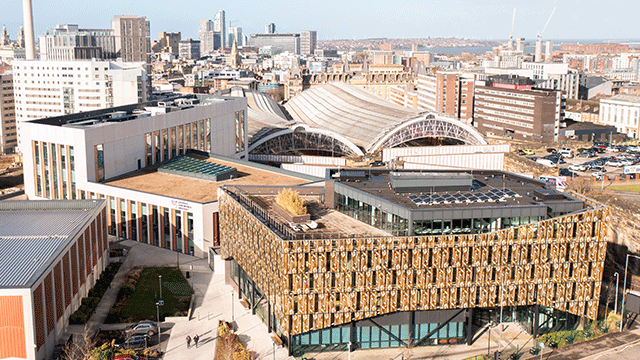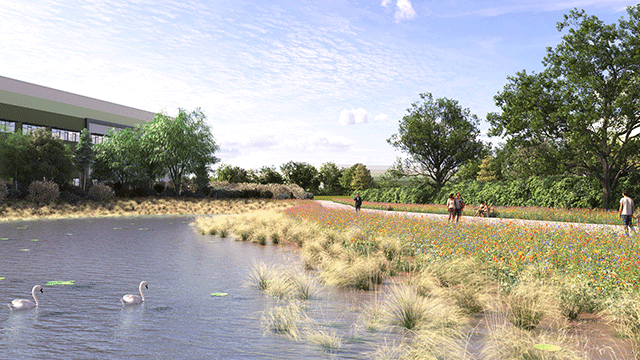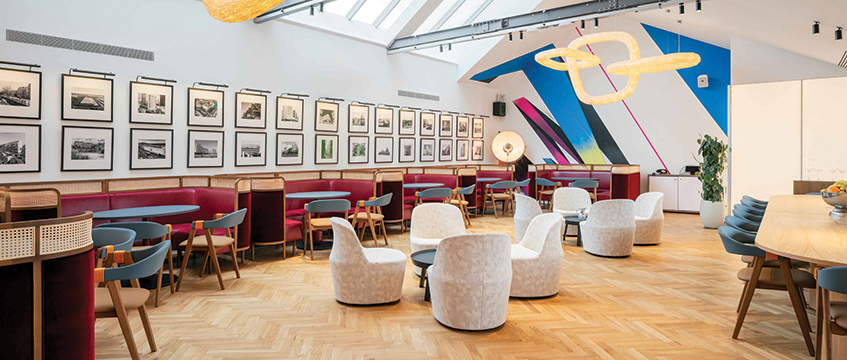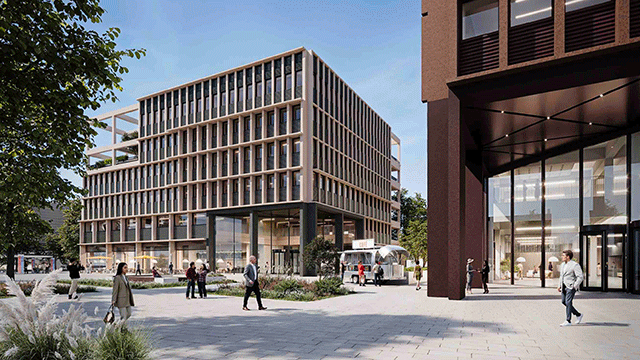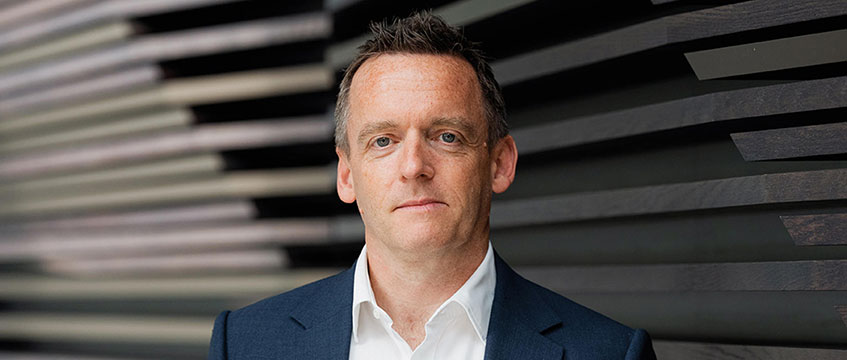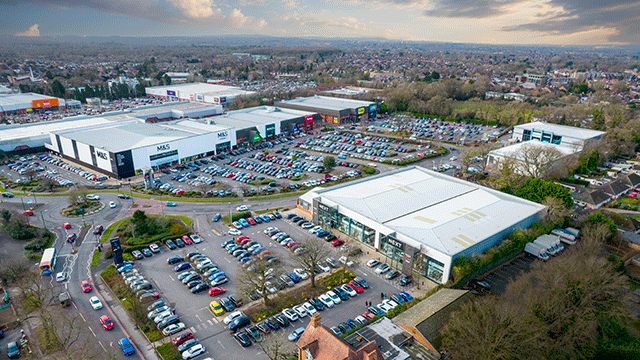Patrizia’s decision to make 24 Endell Street, WC2, in Covent Garden its new London headquarters might be the least high-profile thing to happen to the building in its storied history.
That is no slight on the investment manager – the bar is pretty high. Originally a hospital built in the 18th century, the 48,000 sq ft, five-storey building became a private members’ club for London’s media and creative industry in 2004.
Set up by Paul Allen, the late co-founder of Microsoft, and Dave Stewart of 1980s pop band Eurythmics, the Hospital Club, or hClub, was envisioned as an oasis of creative inspiration. And, for a while, it was.
Hospitality spaces helped great minds to mingle and concoct creative ideas, while onsite music and TV studios provided spaces to realise them. TV shows like Strictly Come Dancing: It Takes Two and investigative journalism programme Watchdog were filmed there, as well as Joe Lycett’s Got Your Back and many others.
Adding to Covent Garden’s history of music production as the home of the nearby “Tin Pan Alley” on Denmark Street, rock band Radiohead used the basement recording studio to record their 2007 album In Rainbows.
But the building was not immune to economic headwinds and the club was forced to shut during the pandemic, as was a sister site in Los Angeles. And like many others, it stayed shut.
That is, until it was bought by WE Holding, the ultimate parent company of Patrizia, and plans were launched to turn it into a new home for the company’s 200 London-based staff.
“It was quite strangely marketed,” says Dan Williams, Patrizia’s head of development for the UK and Ireland, on a tour of the building. “It was never really marketed as an office opportunity because I think they were looking to see if there was enough value in selling it as an existing trading business.”
But he adds: “We managed to persuade the good powers that be that, actually, this would make a fantastic building for Patrizia.”
It was, according to Williams, the “unusual” Covent Garden location which caught the team’s collective eye. The location made sense for the company given that it was looking to gather staff based in Knightsbridge and the City together under one roof in the West End.
“It’s incredibly priced in terms of Covent Garden and there aren’t 100 different corporates around here. It’s an area that has a certain cachet to it – it is pretty connected and you have got the pubs and the clubs.”
In other words, he says: “It’s a great spot.”
Keeping some mementos
Once Patrizia acquired the building, it still had to decide how to reshape it into its new office – its largest outside of its German HQ.
Williams says: “Frankly, we could probably cram another floor in and let it to somebody else. But offices have changed. It’s not all about just desks now.”
Indeed, looking around the office, it looks like the company has gone the extra mile to prove that. It has all the amenities currently in fashion, such as a gym, cycle storage, terraces and a multi-use function room, café and canteen that adds to the building’s hospitality-led feel.
The office mirrors the hClub in this regard, as Williams says the intention is to create a hub for employees and clients to mingle and collaborate.
This is not the only thing Patrizia has kept – more than 200 items from the club’s past remain in the building. A glittering chandelier hangs over the staircase to the building’s third floor, while nearby stands the hClub’s reservation desk, made from the sturdy metal wing of an old plane.
“It’s quite cool,” Williams says frequently, as he points to and explains the stories behind each piece.
Some are unknown even to him. “If you can tell me what that is you’re a better man than I,” he says, pointing to what looks like a hand-cranked mangle on display on the first floor. “Another of the hClub’s. Looks like some sort of torture chamber device.”
Altogether, the team hopes these items combine with the décor and amenities to make the office a nicer place to work in – a theme Williams says was apparent in staff surveys during the design stage.
“You want to have it quite cool but not nuts,” he says. “Clearly you can’t take everything [into account] but there’s an element of ‘wisdom of the crowd’ if people say, ‘this should be the look and feel of it’.”
Back to the studio
Designed by architect Buckley Gray Yeoman, the redevelopment of the site saw over 98% of on-site waste recycled and existing materials re-used to reduce embodied carbon.
The sustainability credentials were the highest that could be achieved due to the building’s age, according to Patrizia, with an EPC B rating, BREEAM Excellent and WiredScore Gold certifications.
The process of getting planning permission was challenging at times, Williams says, due to local desire to preserve the character of the Covent Garden area.
“We were bringing really strong employment as the HQ of an international company out of this building,” he says. “I think they liked that much. But clearly people don’t like change. People didn’t know what we were about.”
The company won the local community over and showed its commitment to social cohesion in the process. Throughout the building, colourful artwork by street artists reflects Patrizia’s support for PAT Art Lab, a social enterprise promoting the impact of art in public spaces.
And beneath the building, the studios live on, preserving the building’s past.
“Quite a lot of people had shut down old studios [in the area],” Williams says. “For us, it was quite important that we kept that bit of history.”
Patrizia separated the studio from the office, though it still shares certain access routes with it, such as the loading bay at the back of the building.
As a result, Williams says, the sizeable space has survived and central London has retained one of its historic recording spaces. Celebro Studios now operates from it.
Williams says: “It is incredibly well acoustically protected and it’s actually a very unusual thing for central London to have a studio space. So, it was a very positive thing in terms of planning.”
Plus, he says again, explaining a lot of the thinking behind the project, “it is quite cool”.
Photos © Luca Piffaretti
Send feedback to Dominic Plaskota
Follow Estates Gazette





